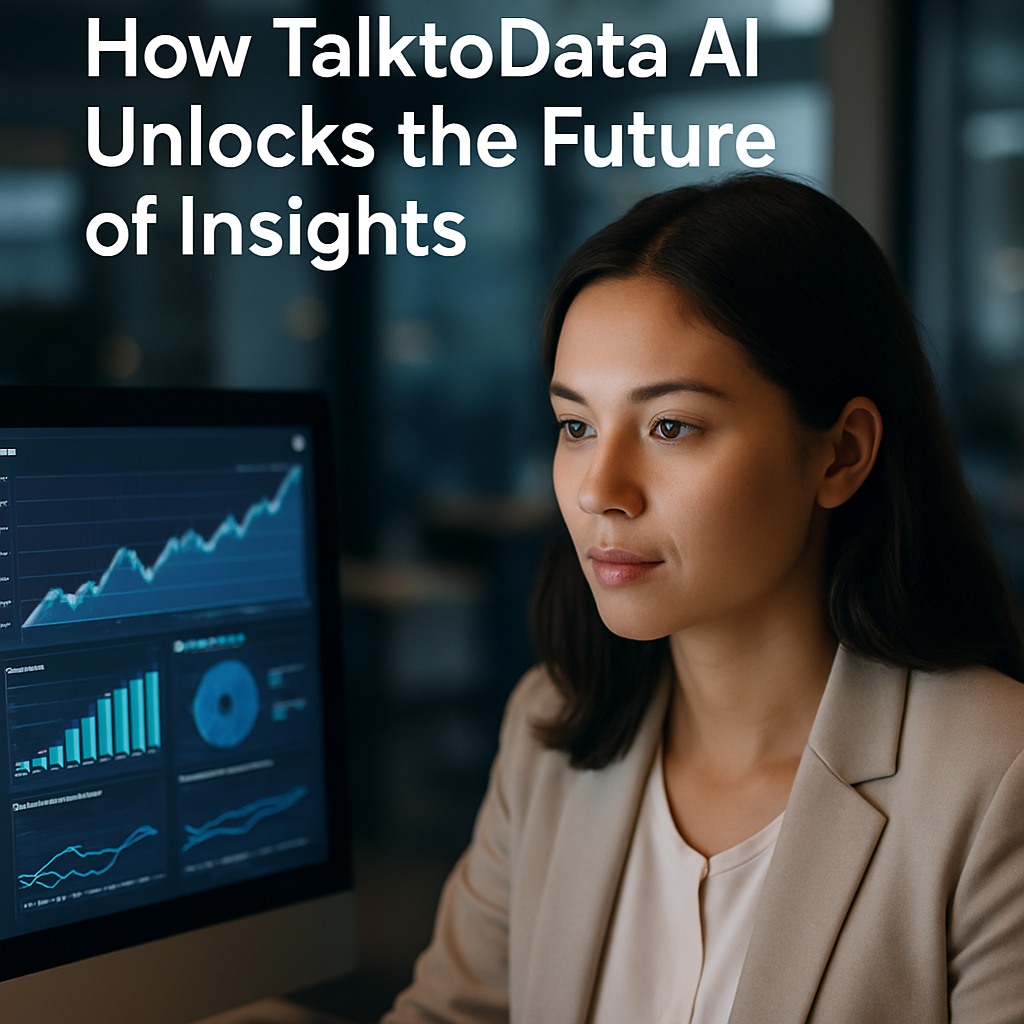
A Day in the Life of a Data Analyst: Before and After AI
Discover how Artificial Intelligence support tools are revolutionizing the daily routine of data analysts and unlocking their full potential.
A Day in the Life of a Data Analyst Before AI
Before the implementation of AI support tools, a typical day in the life of a data analyst involved manual data collection, cleaning, and analysis. Data analysts would spend a significant amount of time extracting data from various sources, transforming it into a usable format, and performing exploratory data analysis to identify patterns and trends.
They would then use statistical techniques and data visualisation tools to analyse and present their findings. This process was often time-consuming and labor-intensive, leaving less time for data analysts to focus on higher-level tasks such as interpreting the results and providing actionable insights.
Data analysts also faced challenges in dealing with large and complex datasets, as manual analysis was not always feasible or efficient. They had to rely on sampling techniques or make assumptions to simplify the analysis, which could potentially lead to biased or inaccurate results.
Moreover, the lack of AI support tools made it difficult for data analysts to automate repetitive tasks and handle the increasing volume and complexity of data. They had to rely on their own manual efforts, which limited their productivity and efficiency.
The Arrival of Artificial Intelligence
The arrival of Artificial Intelligence (AI) has transformed the field of data analysis. AI-powered tools and algorithms have the ability to process and analyze large volumes of data in a fraction of the time it would take a human analyst. This has significantly increased the efficiency and accuracy of data analysis, allowing data analysts to focus on higher-value tasks such as interpreting the results and deriving meaningful insights.
AI also helps data analysts in handling complex datasets by automating repetitive tasks and identifying patterns that may not be easily recognizable to humans. Machine learning algorithms can be trained to identify trends, anomalies, and correlations in data, enabling data analysts to gain deeper insights and make more accurate predictions.
Unleashing the Power of AI: A Day in the Life of a Data Analyst
With the implementation of AI support tools, a day in the life of a data analyst has been transformed. Data analysts now have access to advanced algorithms and tools that can automate data collection, cleaning, and analysis processes. This has significantly reduced the manual effort required, allowing data analysts to focus on higher-value tasks such as interpreting the results and providing actionable insights.
AI-powered tools can handle large and complex datasets with ease, enabling data analysts to perform in-depth analysis and uncover hidden patterns and insights. Machine learning algorithms can identify correlations and trends that may not be immediately apparent to humans, providing data analysts with a deeper understanding of the data.
Furthermore, AI-powered data visualization tools have made it easier for data analysts to present their findings in a visually appealing and interactive manner. These tools allow stakeholders to explore the data and gain a better understanding of the insights, leading to more informed decision-making.
Overall, the power of AI has transformed the daily routine of data analysts, empowering them to work more efficiently, make more accurate predictions, and provide valuable insights that drive business growth.
